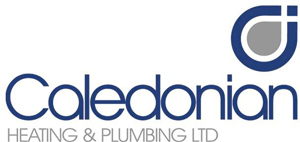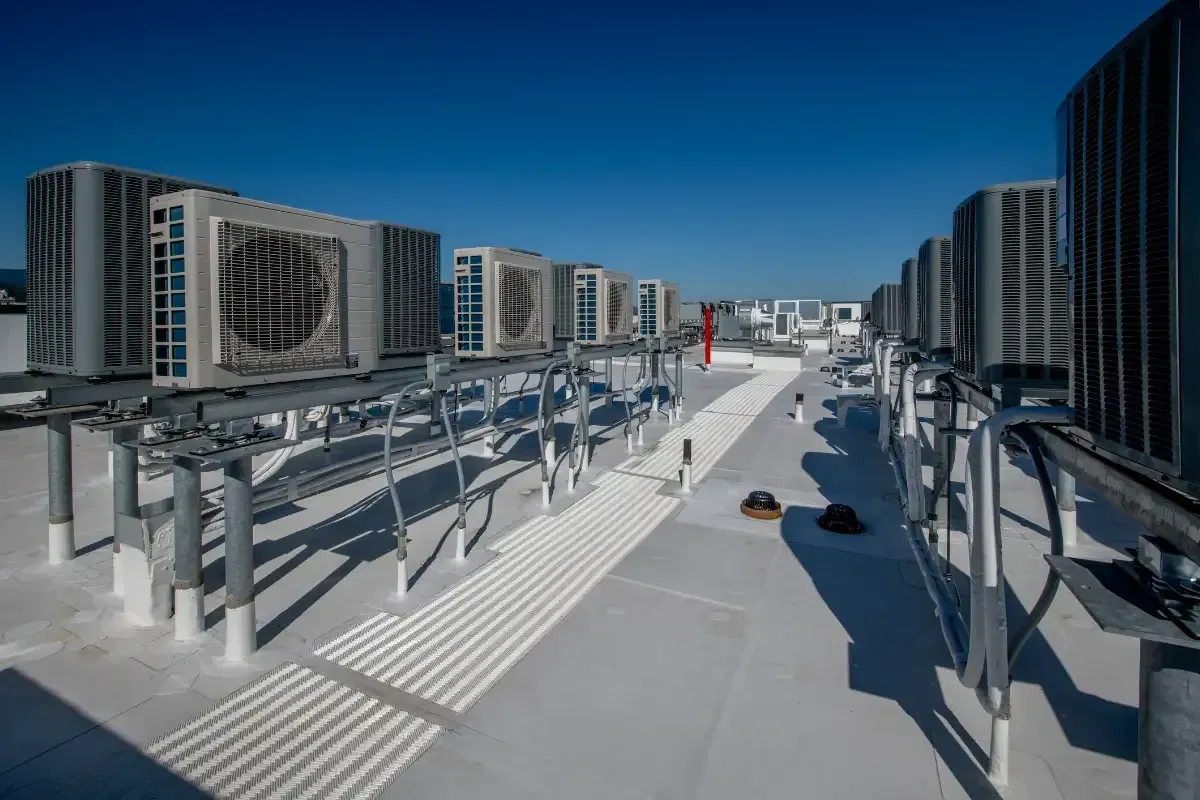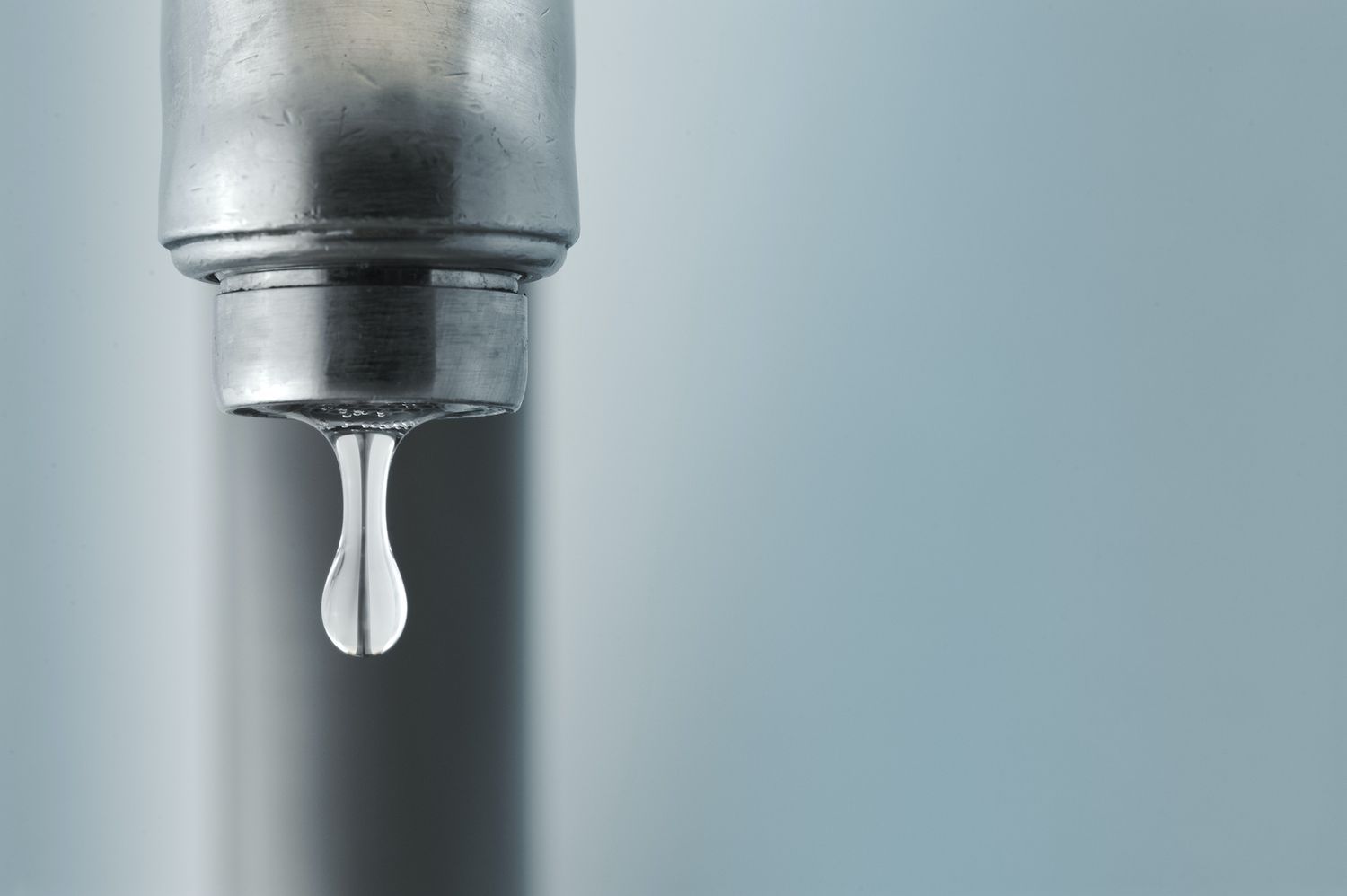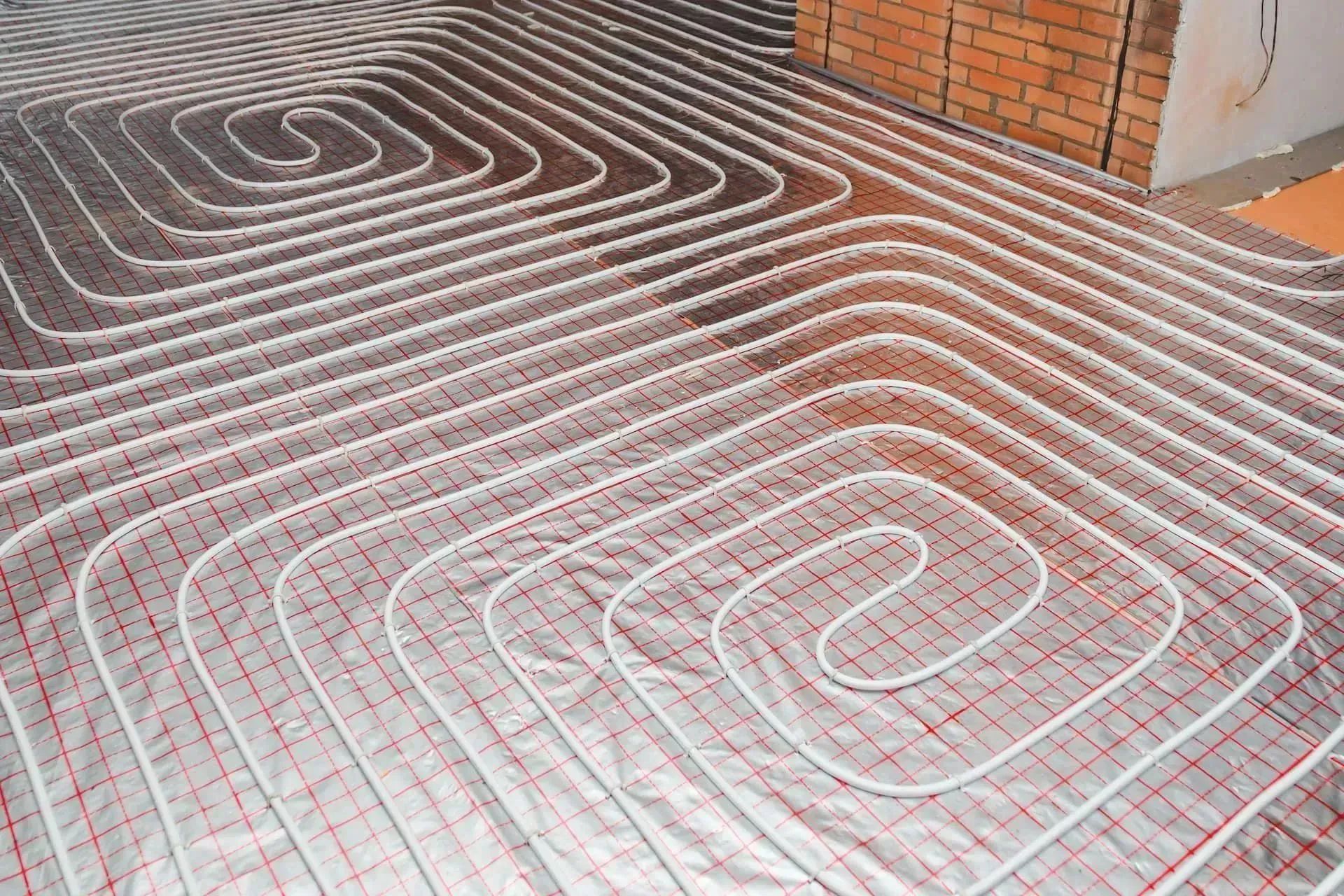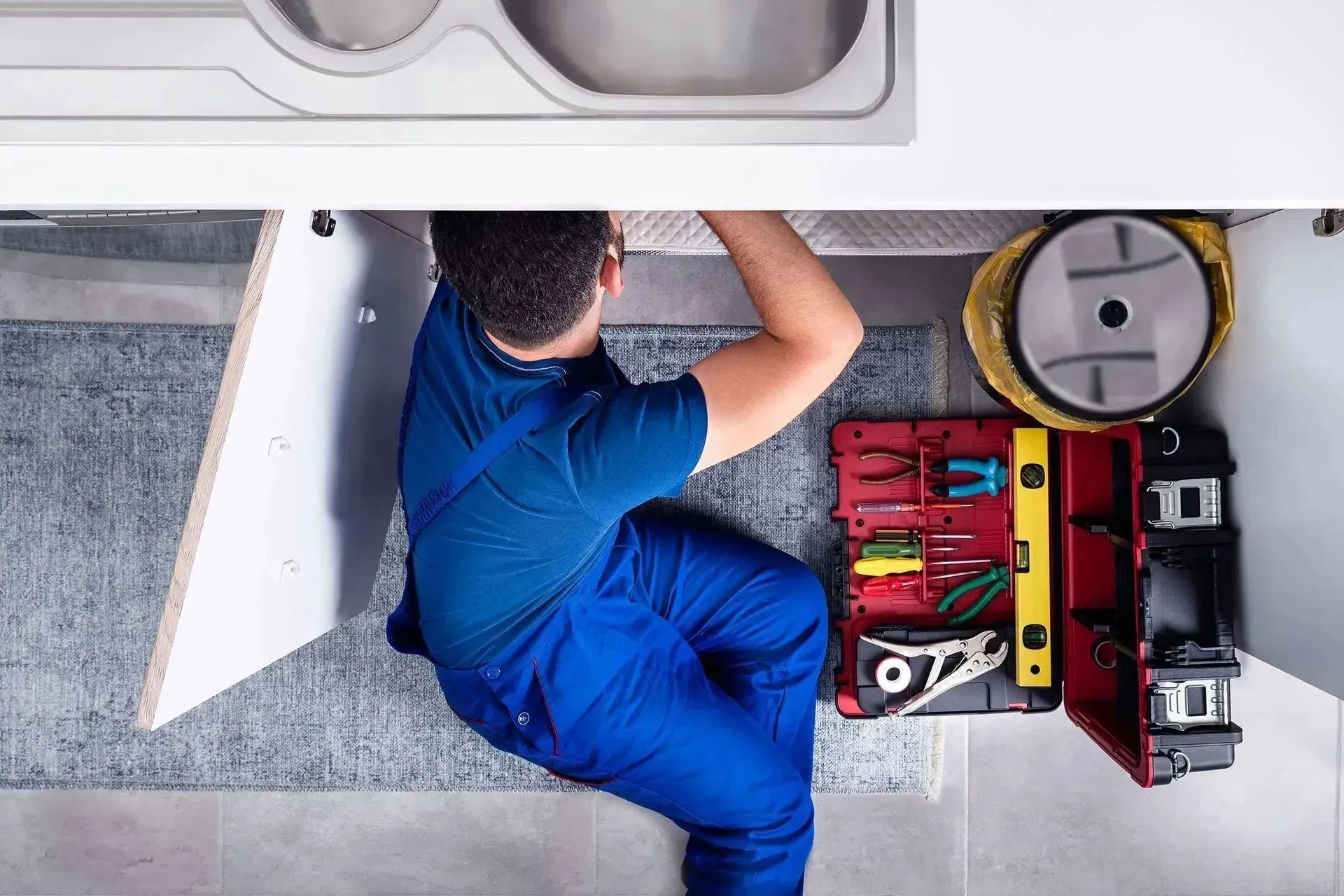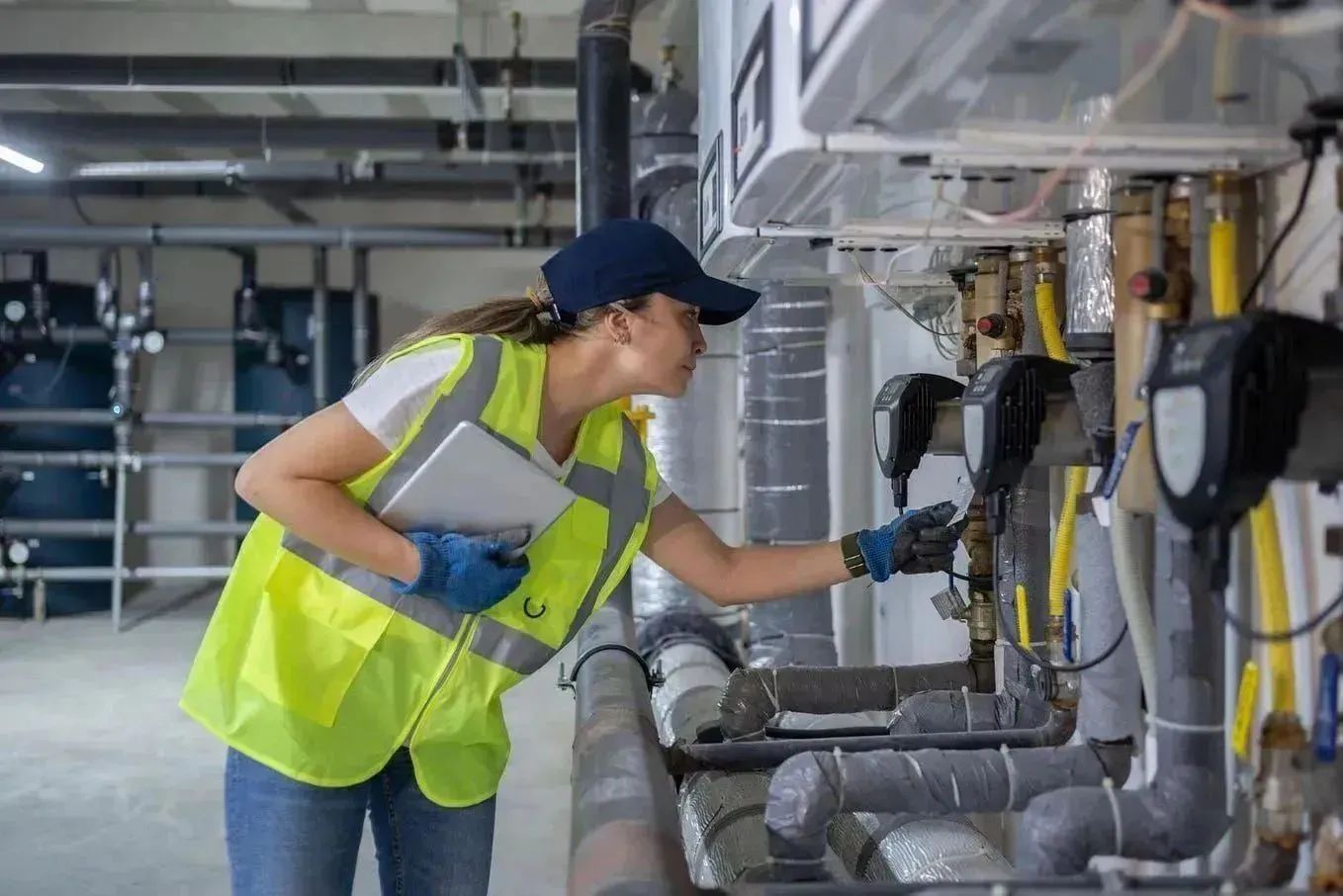Understanding Legionella in Water: Risks and Prevention Strategies
You’ve probably heard about Legionella, but how much do you know about the risks and what can be done to prevent it?
Legionellosis is a serious and sometimes fatal illness that is caused by the bacteria Legionella found in water sources. As a business, it is vital you take effective precautions to ensure any water you use or store does not have or grow dangerous bacteria. There is a lot to know about legionella and how to prevent the risks from occurring. That’s why we have put together this blog to help you understand the importance of water treatment and how to safely treat any water used in your workplace. Not only for the safety of employees and customers but also to comply with laws and avoid potential lawsuits.
Here’s what you need to know about legionella testing, legionella legislation and legionella control.
What is Legionella?
Legionella is the bacteria known to cause legionellosis which is an illness that ranges in severity from a mild febrile illness to a serious and sometimes fatal form of pneumonia. Legionellosis cases can be categorised as being community, travel or hospital-acquired based on the type of exposure. Waterborne Legionella pnuemophila is the most common cause of outbreaks which is often due to Legionella found in lakes, rivers, creeks, hot springs and other bodies of water.
The bacteria was first discovered in 1077 as the cause of an outbreak of severe pneumonia in a convention centre in the USA in 1976. Since then, it has been known to cause outbreaks of illness from poorly maintained water systems. While it is unknown how much is dangerous, for susceptible people a low dose can be infectious.
The cause
The agents that cause Legionellosis is the bacteria Legionella found in water or potting mix. The most common cause of illness is the freshwater species L. pneumophila, which is found in natural aquatic environments globally. Although many artificial water systems which provide environments conducive to the growth and dissemination of Legionella represent the most likely sources of disease.
The bacteria is able to live and grow in water systems at temperatures of 20 to 50 degrees Celsius. Legionella can survive and grow parasites within free-living protozoa and within biofilms which develop in water systems. In human cells, they can cause infections by infecting with a similar mechanism that is used to infect protozoa.
What are the risk factors of Legionella?
Legionnaires’ disease can occur across the globe although the identified incidence of the disease varies widely based on the level of reporting. It is hard to know for sure because many countries lack the appropriate methods of diagnosing the disease and therefore the rate of occurrence is unknown. However, in Europe, Australia and the USA, there have been around 10-15 cases reported per million population per year. Of these cases, men comprise 60-70% of the diagnosed patients and 75-80% are over the age of 50. Other factors that affect your susceptibility to Legionnaires disease are smoking, a history of heavy drinking, pulmonary-related illness, immune suppression and chronic respiratory or renal illnesses.
Legionella legislation in the UK
As an employer in the UK or someone in control of premises such as a landlord, you have a duty to understand the risks. Duties under the Health and Safety at Work Act 1974 cover risks from Legionella bacteria, which can come from work activities. The Management of Health and Safety at Work Regulations (MHSWR) offer a broad framework for controlling health and safety at work. Specifically, the Control of Substances Hazardous to Health Regulations 2002 offers a range of actions designed to assess, prevent or control the risk of bacteria such as Legionella.
As an employer, you are responsible for health and safety and it is important you take the right precautions to reduce the risk of exposure. This means you need to:
- Identify and assess sources of risk
- Manage any risks
- Prevent or control any risks
- Keep and maintain the correct records
- Carry out any other duties
Symptoms of Legionnaires disease
The non-pneumonic form is an acute, self-limiting influenza-like illness which lasts around 2-5 days. The incubation period covers a few hours to 48 hours and you may experience the main symptoms of fever, chills, headache, malaise and muscle pain. This type of infection has not been associated with any deaths.
The pneumonic form, of Legionnaires’ disease, has an incubation period of 2 to 10 days, but in some cases has been up to 16 days. In the beginning, the symptoms include fever, loss of appetite, headache, malaise and lethargy. Some may experience muscle pain, diarrhea and confusion. It may also come with a mild cough and up to 50% of patients can present phlegm. The severity of the disease ranges from a mild cough to a rapidly fatal pneumonia. Through progressive pneumonia, death can occur due to respiratory failure and/or shock and multi-organ failure.
How to prevent Legionella
Here’s how to prevent Legionella from spreading and growing in your workplace.
Identify and assess
You have a responsibility to carry out legionella assessments either on your own or using legionella testing experts. Consultancies and other organisations can guide you through the process and provide you with the advice you need.
Firstly, you or the person responsible for managing the risks need to understand your water systems, the equipment used such as pumps, heat exchangers, showers etc and their constituent parts and identify whether they are likely to create a risk that leads to Legionella exposure. For example, whether:
- The water temperature is between 25-45 degrees Celsius
- The water is stored or re-circulated
- The conditions are going to encourage bacteria to multiply
- It is possible for water droplets to be produced and if they are dispersed over a wide area
- It is likely that employees, residents, visitors etc are more susceptible to infection because of their age, illness or weak immune system.
Your assessment for Legionella testing should include:
- Management responsibilities
- Competence and training of key personnel
- Any identified potential risk sources
- Any means of preventing the risk or controls in place to control risks
- Monitoring, inspection and maintenance procedures
- Records of the monitoring results and inspection and checks carried out
- Arrangements to review the risk assessment regularly, especially when there is reason to suspect it is no longer valid
After this if you can conclude that there is no reasonably foreseeable risk or the risks are low and properly managed to comply with the law, your assessment is complete. You probably don’t need to take any more action at this stage, but any existing controls should be maintained and the assessment reviewed regularly in case anything in your system changes.
Caledonian Heating & Plumbing Ltd - Legionella Testing
Any water system that meets specific environmental requirements could be a legionella source, therefore it is important to correctly assess and prevent legionella growth within your business. At Caledonian Heating & Plumbing Ltd, we are members of the LCA (Legionella Control Association) so we can help ensure that your water systems are safe and comply with Legionella regulations. We can offer a customised Legionella control plan for your company where our experts can perform risk assessments, testing and control work, so you don’t have to. We also offer water tank cleaning services to help minimise the risk of harmful bacteria in your water tanks. Don’t wait to give us a call today to discuss your business’ water treatment plan and ensure the safety of everyone within the business. We also offer a range of plumbing and heating services to help your business run efficiently.
